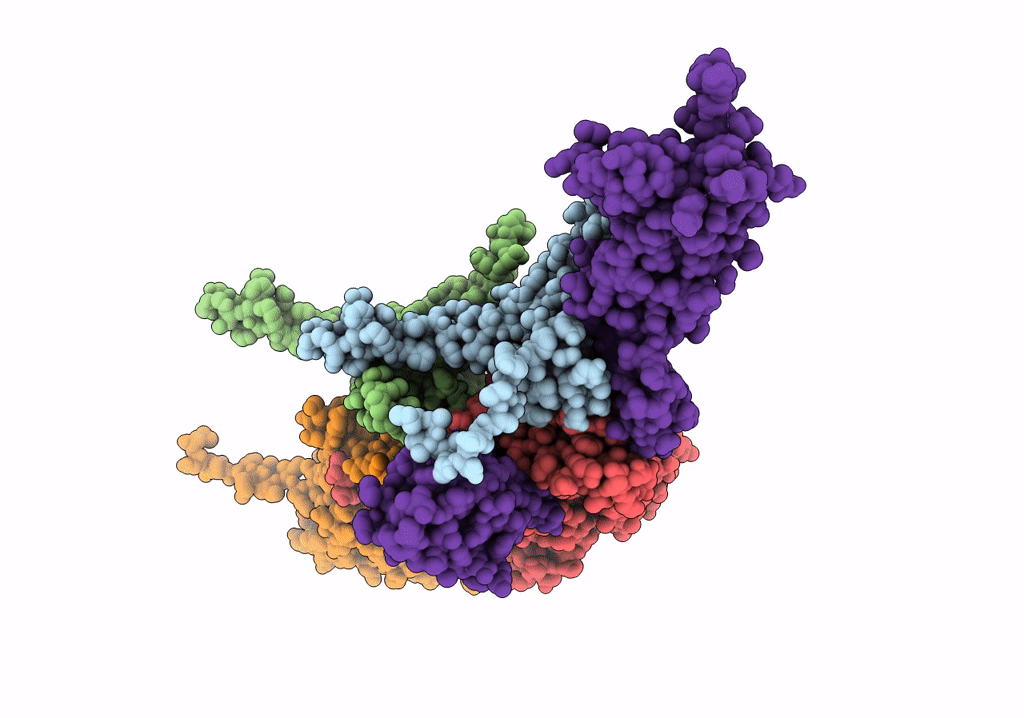
Deposition Date
2019-04-07
Release Date
2019-04-17
Last Version Date
2024-05-22
Entry Detail
PDB ID:
6RAP
Keywords:
Title:
Cryo-EM structure of the anti-feeding prophage cap (AFP tube terminating cap)
Biological Source:
Source Organism:
Serratia entomophila (Taxon ID: 42906)
Host Organism:
Method Details:
Experimental Method:
Resolution:
3.30 Å
Aggregation State:
PARTICLE
Reconstruction Method:
SINGLE PARTICLE


